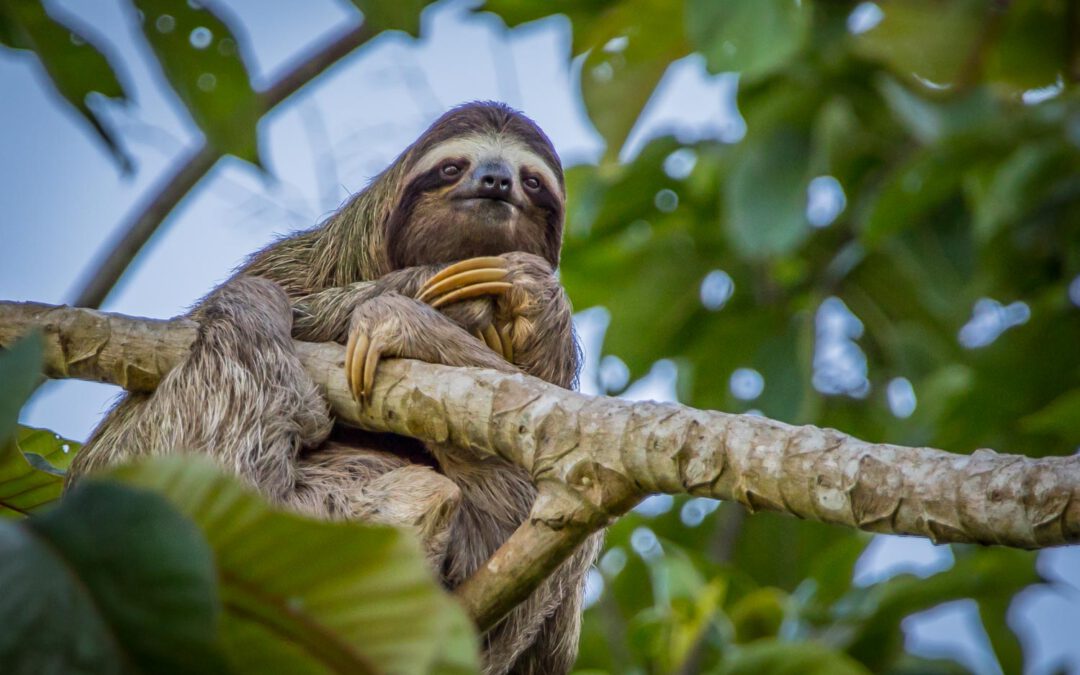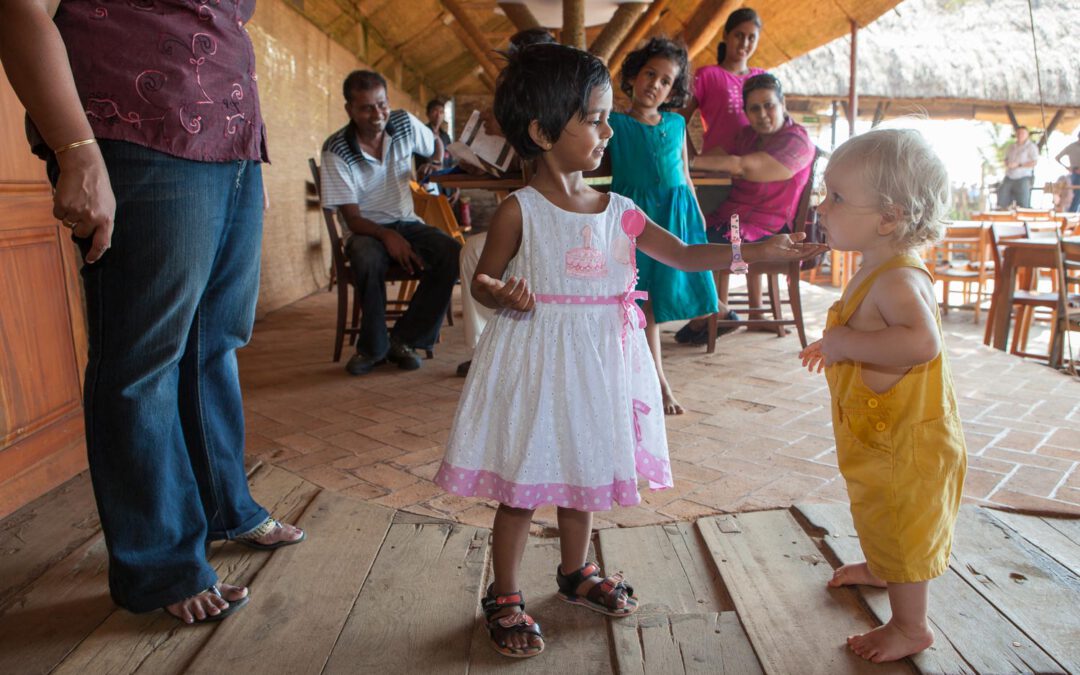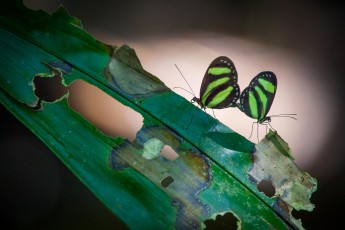
Two mating zebra longwings (heliconius charithonia).
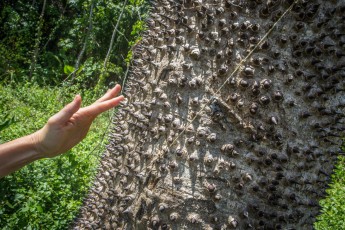
You should not lean on this: The sandbox tree is not only prickly, under the bark you find a very toxic white milky sap which was used by fishermen as fish poison.
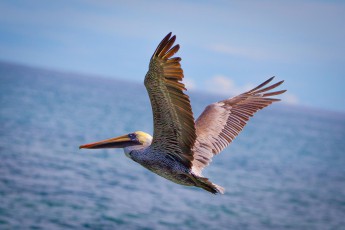
Cahuita. A brown pelican (Pelecanus occidentalis) rises in into the air.
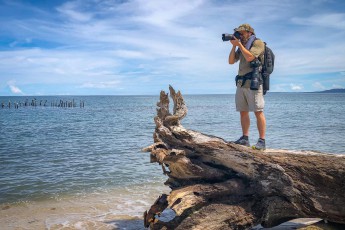
Baywatch in Cahuita: Photographing sea birds (result see next photo).
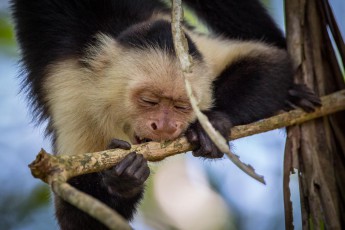
It is amazing to watch Capuchin monkeys jumping quickly and precisely from tree to tree. At mealtimes they sometimes use their tail as a holding rope.
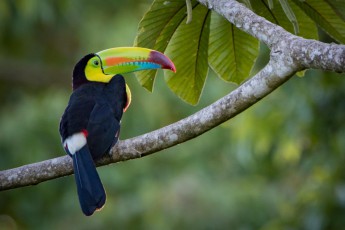
In contrast to the multicoloured bill, the sounds of the rainbow toucan are rather monotonous. They are often compared to the croaking of a frog.
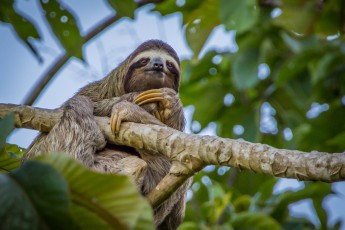
Here we look at a 'moving biotope': Not only algae grow in the fur of the Three-toed sloth, but also moths, cockroaches, beetles and up to 40 other animal species live in it.
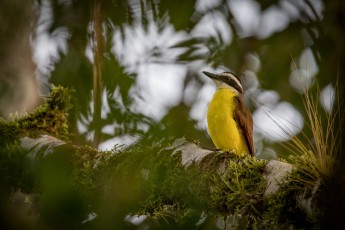
Selva Bananito: A great kiskadee in the early morning.
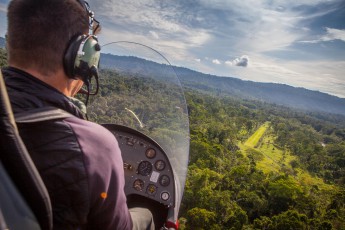
What, already over!? Jürgen steers his gyrocopter for a butter-soft landing on a light green line in the middle of the 1,750 hectare sustainability paradise Selva Bananito.
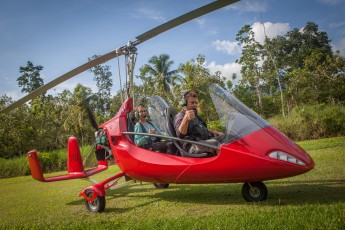
A highlight of our journey: What a surprise! Far away from civilisation, Jürgen Stein conjures up a gyrocopter on a grass runway. Followed by twenty unforgettable minutes of flying over largely untouched primary rainforest.
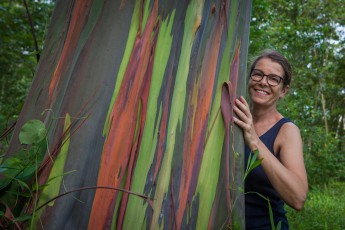
Annette is enchanted by the many colours offerd by the eucalyptus tree.
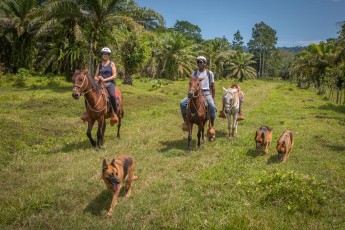
Together with Anselmo we explore Selva Bananito on horseback. A wonderful nature experience! Jürgens sheepdogs join us.
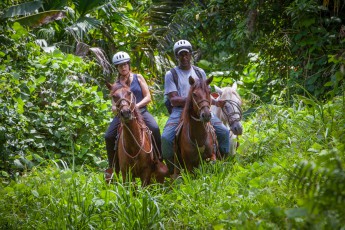
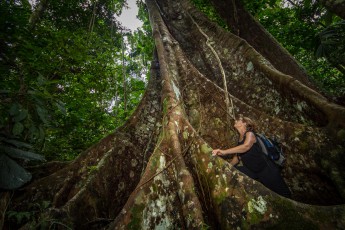
Annette marvels at a giant West Indian cedar (Cedrella odorata)
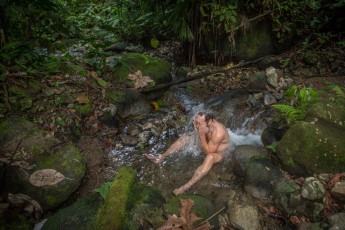
In the bathroom of the rainforest.
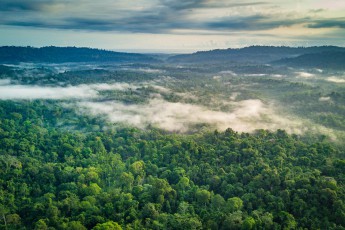
Early morning over Selva Bananito, only about 10 kilometres inland from where Christopher Columbus discovered the 'rich coast' in 1502.
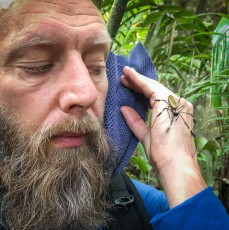
During our jungle hikes we walk through spider webs again and again. Some of the inhabitants, like this Golden Orb spider (Trichonephila clavipes), like to use it as a free ride.
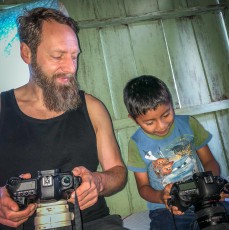
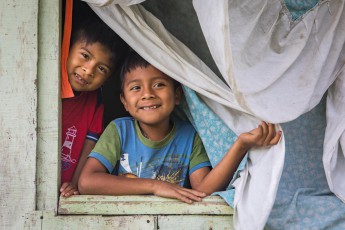
In the village Jamaikari of the indigenous Cabécar, Maximiliano and Ketelik look out of the window of their home.
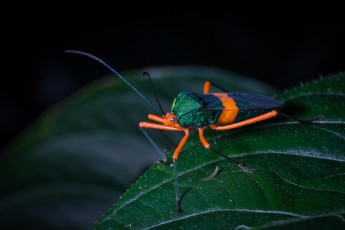
Nairi Awari: An unknown bug from the family of Heteroptera.
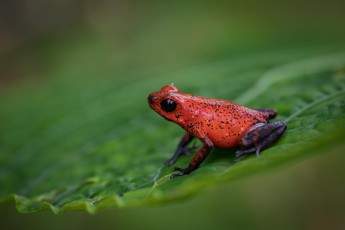
The strawberry poison-dart frog mainly feeds on ants. The ants' poison accumulates in the frog body and is released through his skin. In captivity without ant food the frog remains poison-free.
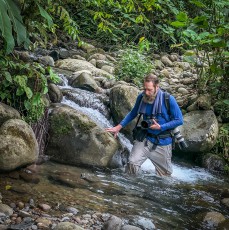
Hike through the Nairi Awari indigenous area.
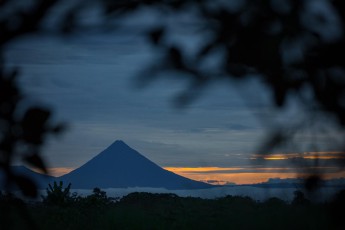
Evening view of the Arenal, the youngest of Costa Rica's five active volcanoes.
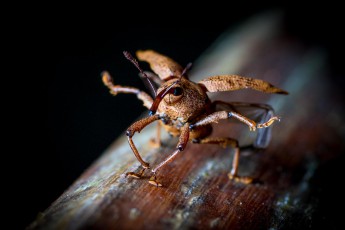
An unknown weevil shortly before departure.
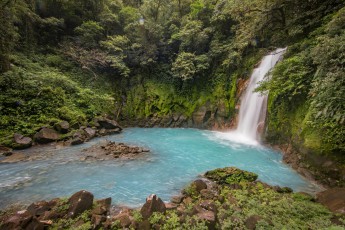
Rio Celeste waterfall
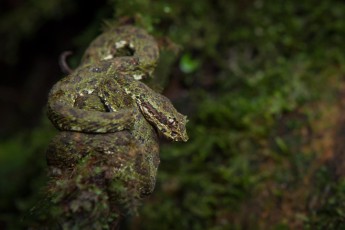
Very poisonous, but not lethal, and perfectly adapted to its substrate: An eyelash viper on a tree root.
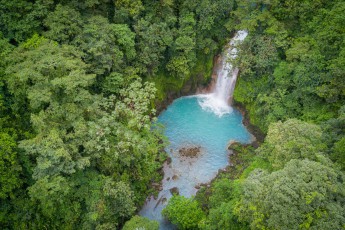
The indigenous people believed that gods coloured the sky blue and used the Rio Celeste to wash their brushes in it.
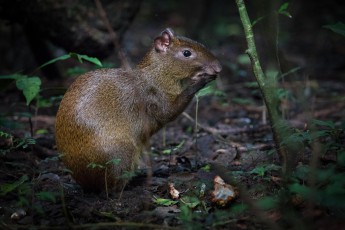
Agutis are rodents and are about the size of beavers. They feed on fruits, nuts, leaves, small branches and roots. I am lucky, because for a few seconds a ray of sunlight illuminates the coat.
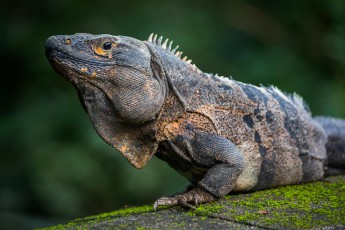
National Park Guanacaste: This black iguana has left its tree sanctuary in search of a sunny spot.
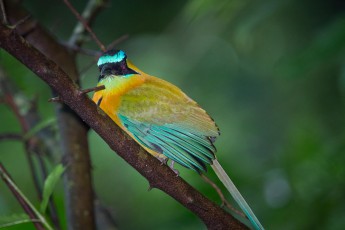
This is my only picture of the wonderfully iridescent but shy Amazonian motmot. The sound of my camera shutter scared him away.
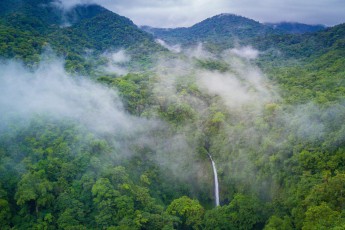
Simply magical and 'lost world'-like: La Fortuna waterfall.
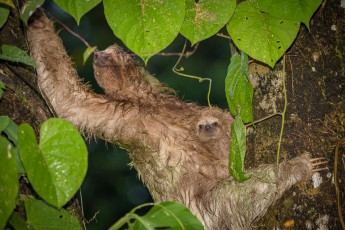
Probably the most touching moment of our journey: We discover a sloth drenched by rain on a tree. As she stretches out to climb another branch (and it takes time...), she gives a glimpse of her young. A very rare sight. We are deeply touched for a long time.
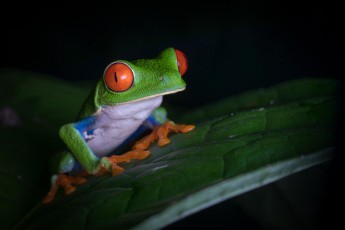
The beautiful red-eyed treefrog.
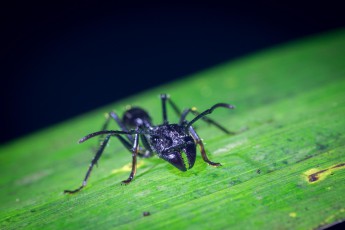
A bullet ant. Here you can see its biting tools. The sting is one of the most painful in the animal kingdom.
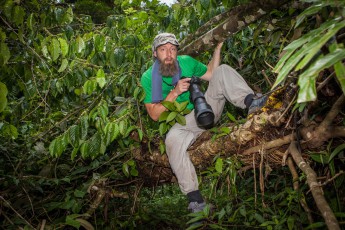
A trip through the rainforest is sometimes a bit like an obstacle run.
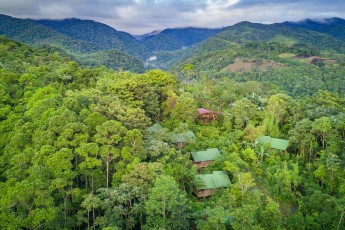
View of La Tigra Rainforest Lodge. At night, surrounded by a quiet concert of nature sounds, we slept very well.
